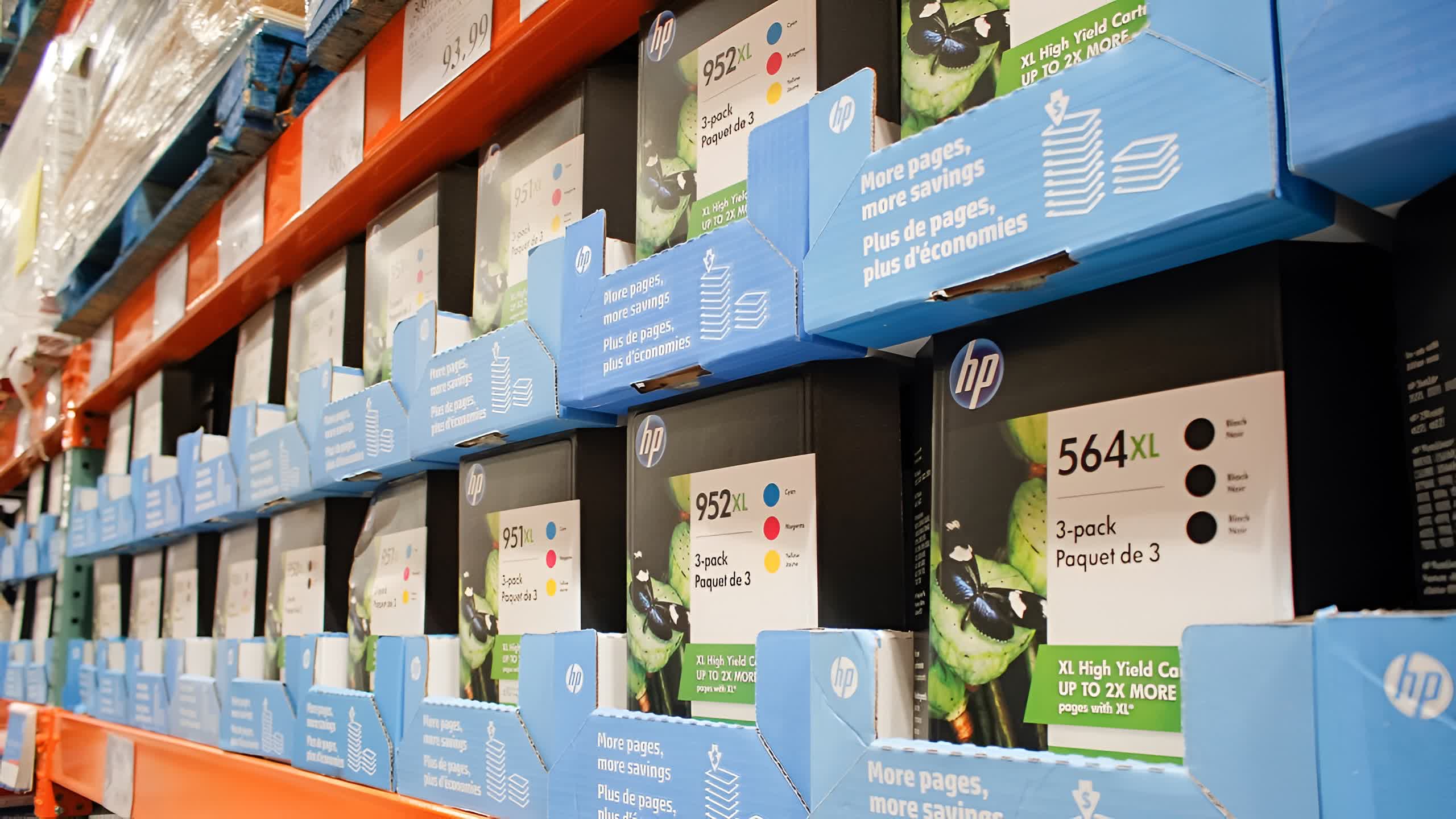Facepalm: Have you found that the HP Smart app has suddenly appeared in Windows 10 or 11 even though you never installed it? This strange discovery has been made by several users who don't actually use any HP products.
Reports of the HP Smart app appearing in the new apps section of the Windows Start menu have been popping up on Reddit. "Checking the event log for the Microsoft Store shows that it installed earlier today, but I definitely did request or initiate it because I do not have any devices from HP," wrote one user. "No HP printers or other devices have been connected to my computer or network, ever."
The HP Smart app allows users to manage HP printers and is usually installed on HP PCs. It's certainly not supposed to appear on PCs that aren't connected to an HP device such as a printer.

While only some users are finding the app has mysteriously appeared, it seems to be automatically installing on all versions of Windows that use the Microsoft Store. Windows Latest reports that it auto-installed on a Lenovo Legion laptop running Windows 10 and on a virtual machine running Windows 11 using a different Microsoft account. Again, this was despite neither system ever being connected to an HP product.
Microsoft has confirmed that it is aware of the reports of these automatic installations of the HP Smart app and will share more details soon. It's speculated that this could be an error linked to the Windows Update feature, though we won't know for certain until Microsoft confirms what's going on.
The good news is that uninstalling the HP Smart app is as simple as removing any other application from Windows – this is still an official piece of software and not something shady. Nevertheless, it's another annoyance for users and has been worrying those who feared the app's appearance was related to a sinister event.
Another Microsoft product made headlines for an unintentional error last week. Search engine Bing started claiming that the country of Australia doesn't exist, repeating a strange conspiracy theory that has been circulating online since 2017 – though its source could date back even further.
